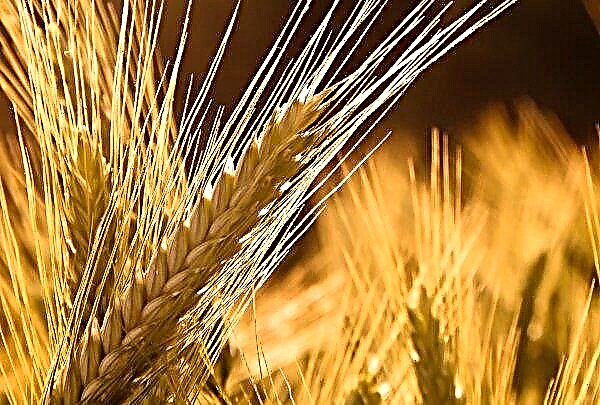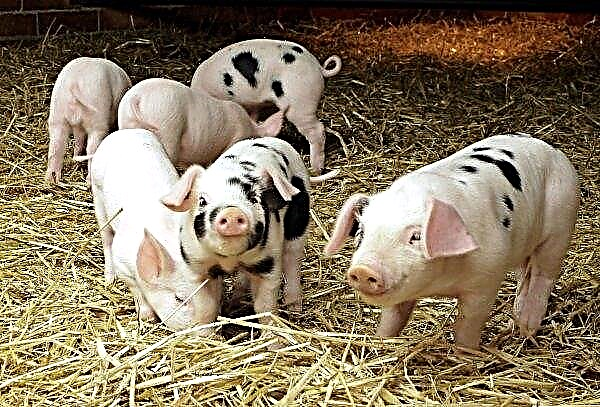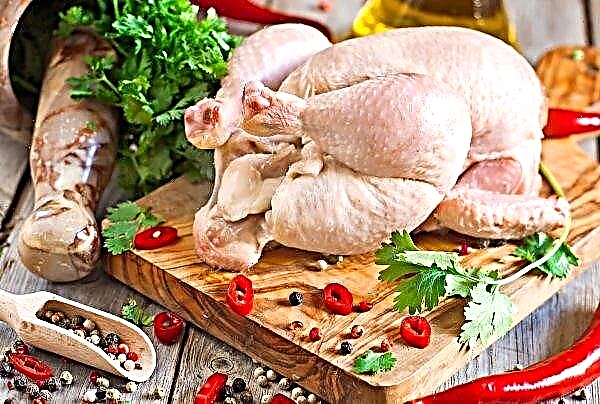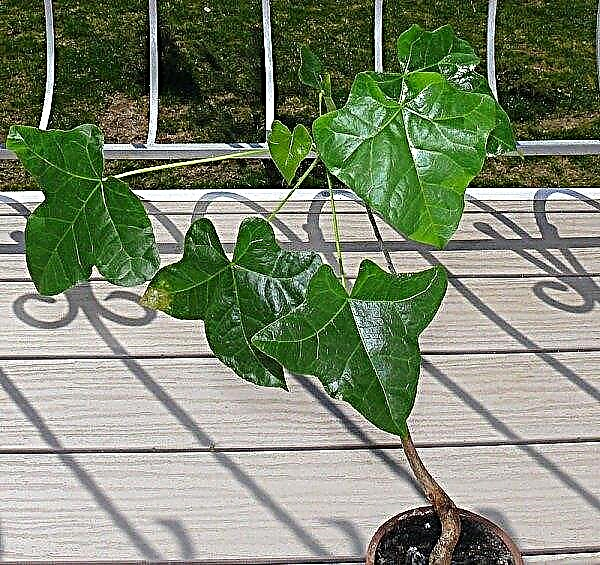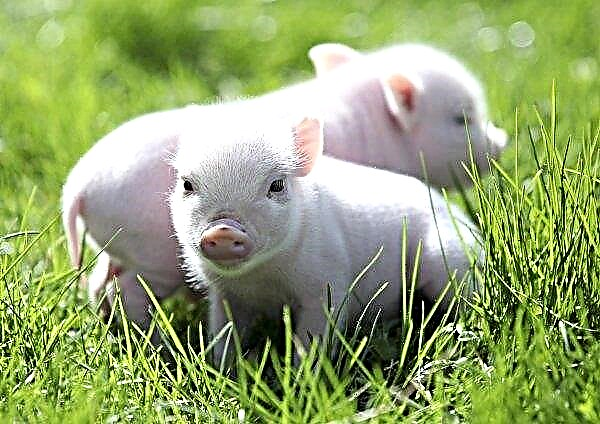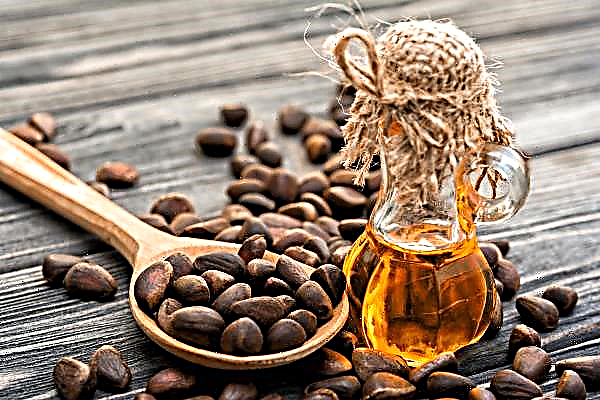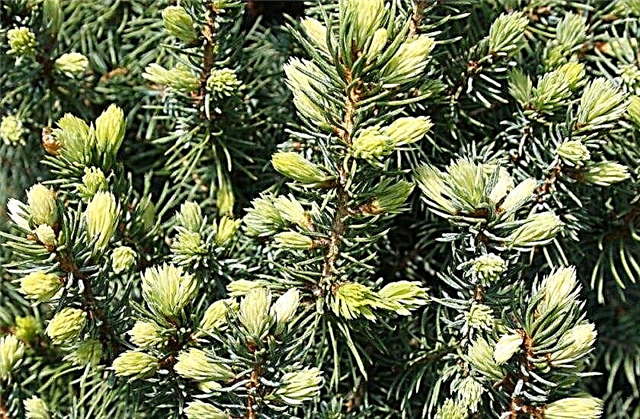Asparagus is a perennial plant that can produce crops for 15 years. However, so that the culture that originated in a warm climate does not die during frosts, you need to think in the fall how to properly prepare it for winter.
The origin and description of the culture
The natural habitat of asparagus is the Mediterranean and the coast of the Caspian Sea. The ancient Greeks and Romans began to eat this culture first. Asparagus gained popularity among other peoples of the continent only in the 19th century.
The plant is a low bush with several stems on which narrow leaves and small yellowish flowers grow. It is customary to eat only sprouted shoots, which can be either white or green. Fruits, bright red berries, are used to add to teas - they are sweet enough and contain a large amount of sugar. However, asparagus is valued primarily for shoots, which are of great value both because of the content of many useful trace elements, and due to their taste.
The shoots of the plant contain carotene, phosphorus, magnesium, calcium and iron, mineral salts, carbohydrates and vegetable protein. Vitamin PP present there helps prevent anemia. The use of asparagus also helps to combat metabolic disorders and strengthens the immune system.
Did you know? For the first time, a method for preparing asparagus was described in the oldest recipe book, “De re coquinaria” ("On the culinary art", approximately IV c. n e.). Its author was a gourmet from Rome - Apicius.
Features of plant care in the fall
In order for the plant to winter well, it is necessary to prepare the garden from the fall. First of all, you need to inspect the bush for the presence of diseases and parasites. If you notice an asparagus fly or rust, such shoots must be removed immediately.
The top leaves need to be cut off - only roots remain for the winter. In some cases, greens can be left, but only on condition that the bush was not affected by diseases.
To prevent the roots from freezing, they need to be covered with a thick layer of mulch, for which you can even use the cut tops of asparagus itself.
If young sprouts appeared from the ground, then they do not need to be cut, but it is better to throw leaves or hay on them. Straw mullein is also well suited for this.

Watering and feeding
It is necessary to water asparagus regularly, but the main thing is not to overdo it, because due to the large amount of moisture the roots can rot. But the lack of water leads to the fact that the product will lose its taste and will be sluggish.
It is better to carry out the watering procedure itself under the root, and for watering you need to take a watering can with a narrow nose. After this, you need to loosen the soil with a hoe. In order to irrigate not so often and not to loosen the soil, the bed can be covered with sawdust. Thus, you do not have to weed asparagus every 14 days; It will also help maintain optimal moisture levels.
You can feed the culture 20 days after planting. In the warmer months, it is better to take organic fertilizers, such as cow dung or chicken droppings. But for the winter, experienced gardeners recommend applying mineral fertilizers to the soil, such as superphosphate or potassium salt. Fertilizing is distributed throughout the garden, and it is mixed with soil with the help of loosening.
Such manipulations need to be done very carefully, otherwise you can damage the roots of plants that have a very delicate structure.
Important! It must be remembered that the root system of a plant is very close to the surface of the earth. Already in autumn, young wintering buds form on the upper roots, which are easily can to hurt.
Pruning
To properly prepare asparagus for winter, it must be cut off. This condition is necessary, since it is better to hibernate without greenery. Often gardeners think about whether to cut off only the leaves and whether to leave the stem. Of course, it is necessary to remove the entire tops in such a way that only a few centimeters of the stem remain above the ground.
Trimming the bush is necessary when it is still relatively warm. It is important to have time to carry out the procedure before the first frost. It is advisable to do this in the first half of October. In order for the plant to remain healthy and receive minimal damage, the tools must be sharp and clean.
Some gardeners pity the plant and discuss whether healthy shoots should be pruned. Experienced gardeners note this need in any case, especially if the greenery is infected with diseases or parasites, then it is also required to burn it.
Loosening and hilling
This perennial requires mandatory hilling - thanks to this procedure, the product turns out to be very tasty and tender. Of great importance is what you cultivate culture. This is best done with tyrsa, which should be completely dry and at the same time cut off from fresh and healthy trees. Thanks to this material, asparagus is very tender and turns white.
To obtain white sprouts, you can also spud with ordinary soil, which is compacted after the procedure; the soil layer should be about 20 cm. In the spring, small cracks will appear on the asparagus growth site, which indicate the germination of the crop - then you will need to carefully re-fill the garden bed.
Important! Sand is a good material for hilling, however, the plant will be green and not so tender.
Experienced gardeners prefer the earthing up of sawdust and sand also because shoots can twist in the ground, which does not happen when grown in other materials. This is due to the fact that a crust forms on the surface of ordinary soil after rainy weather, which is difficult for young shoots to overcome.

The basic rules for preparing asparagus for wintering
To properly prepare the asparagus for winter, it is necessary to remove the shoots in the fall so that only 4-5 cm of the plant remains, after which it can be mulched.
Another important factor for a good wintering culture is top dressing. Before winter, asparagus must be fertilized by adding mineral fertilizer to the ground.
Often the owners of personal plots think about whether to cover the plant for the winter. Of course, this procedure will only improve the quality of the future crop.
Shelter for the winter can be done with wood shavings, sawdust or tyrsa. You can also use peat or compost to protect plants. It is necessary to cover the asparagus as thoroughly as possible, with a layer of mulch about 8 cm. In spring, these elements can be used as fertilizer by digging them into the ground. You can also use straw and leaves to warm the asparagus.
Before covering the asparagus with mulch, you need to cut off the entire tops. And the soil between the rows can be enriched with ammonium nitrate.
Winter Asparagus Care
In order to have asparagus on your table all year round, you will need to do the distillation of shoots from already adult plants that are at least 6 years old.
The first step is to dig up the plants in October and place them in a dark, cool place for a couple of months. It is necessary to ensure that the temperature in the room is kept in the range from 0 to + 2 ° C.
In the first half of December, plants can be planted in greenhouses - for this they are placed in containers and maintain a small distance between plants. On 1 m² you need to place at least 18 bushes. When everything is planted, humus is poured onto the surface of the soil, with a layer of at least 20 cm. The containers with asparagus additionally need to be covered with a black film.
The first 7 days, the temperature in the greenhouse should be within + 10 ° C. Later it is raised to + 18 ° C, but this can only be done when you see that the asparagus has begun to sprout. This temperature regime must be observed for approximately 2 months until the harvest season ends.

Useful tips gardeners
Asparagus is a rather exotic plant for our latitudes and many simply do not know how to provide it with optimal conditions for growth. However, many gardeners have already tried to grow it in their plots and have gained experience in caring for this crop.
The following tips will help novice gardeners:- To provide an average family of 3 asparagus people, it is enough to have 15–20 bushes of this plant in the garden.
- It is better not to use fertilizer chemicals when growing asparagus. This plant is eaten in the form of sprouts, which are able to accumulate chemicals in themselves at their high concentration, after which they enter the human body.
- Asparagus is a very early product, along with winter onions. The first harvest can be carried out in May. Therefore, it is not recommended to freeze asparagus, as it will retain its appearance, but will lose its taste and structure.
- To grow this perennial, you need to carefully select the bed in advance. You can get a crop from a plant only in the 2nd year, and the bush itself is able to grow in one place for more than 10 years. During this time, it grows great, and digging all the roots for transplantation is quite difficult. Therefore, it is better to immediately plant a perennial so that it does not interfere with other plants.
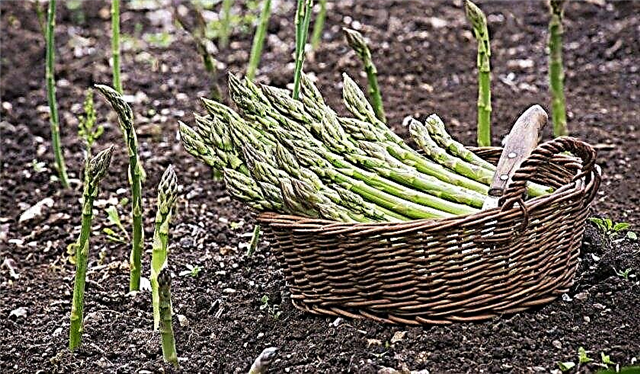
- The place for this culture should be sunny but calm. The soil needs to be selected light and fertile. Black earth or loam is not suitable for asparagus, but if there is no choice, you need to dig a trench and fill it with compost, and then mix it with your native soil. You can also add sand. So on the surface of the soil after the rains will not appear unwanted crust.
- A win-win option in moistening the plant will be the irrigation system. But it must be borne in mind that one plant is able to occupy up to 1 m² of area, so at least 10 droppers will be required per bed.
- In addition to seedlings, one of the methods of reproduction is sowing seeds. You can sow asparagus directly in the garden, it is also allowed to do this in the winter. There are both vegetable and decorative varieties, so you need to pay attention to the label. Vegetable varieties are Urozhaynaya-6 and Early Argentel.
- When harboring culture, you need to try to mulch the entire row, and not each individual plant. You also need to remember that the height of the beds will only grow every year. This will help not only protect the culture from freezing, but also increase the growth of the vegetable itself.
- For fertilizer, you can also use ash or a fertilizer mixture, which is introduced into the aisles to a depth of about 7 cm. Then you need to water the bed.
- So that asparagus is not coarse, seedlings must be cut. Otherwise, it will become fibrous and lose taste.
- In nature, a vegetable grows in places close to the sea, where there is a lot of salt in the soil. Therefore, for better growth of the culture, it is advised to add ordinary salt to the soil (1 tbsp.spoon per bucket of water for irrigation).
Did you know? In the city of Schweisinger, Germany, it is customary to choose the king and queen of asparagus annually. Coronation takes place as part of a special festival dedicated to this vegetable.
In winter, you need to take care of asparagus especially carefully, since at this time the basis for the appearance of future crops is formed. And the basis for the proper organization of care is timely and high-quality preparation of shoots in the fall for the coming cold weather.



